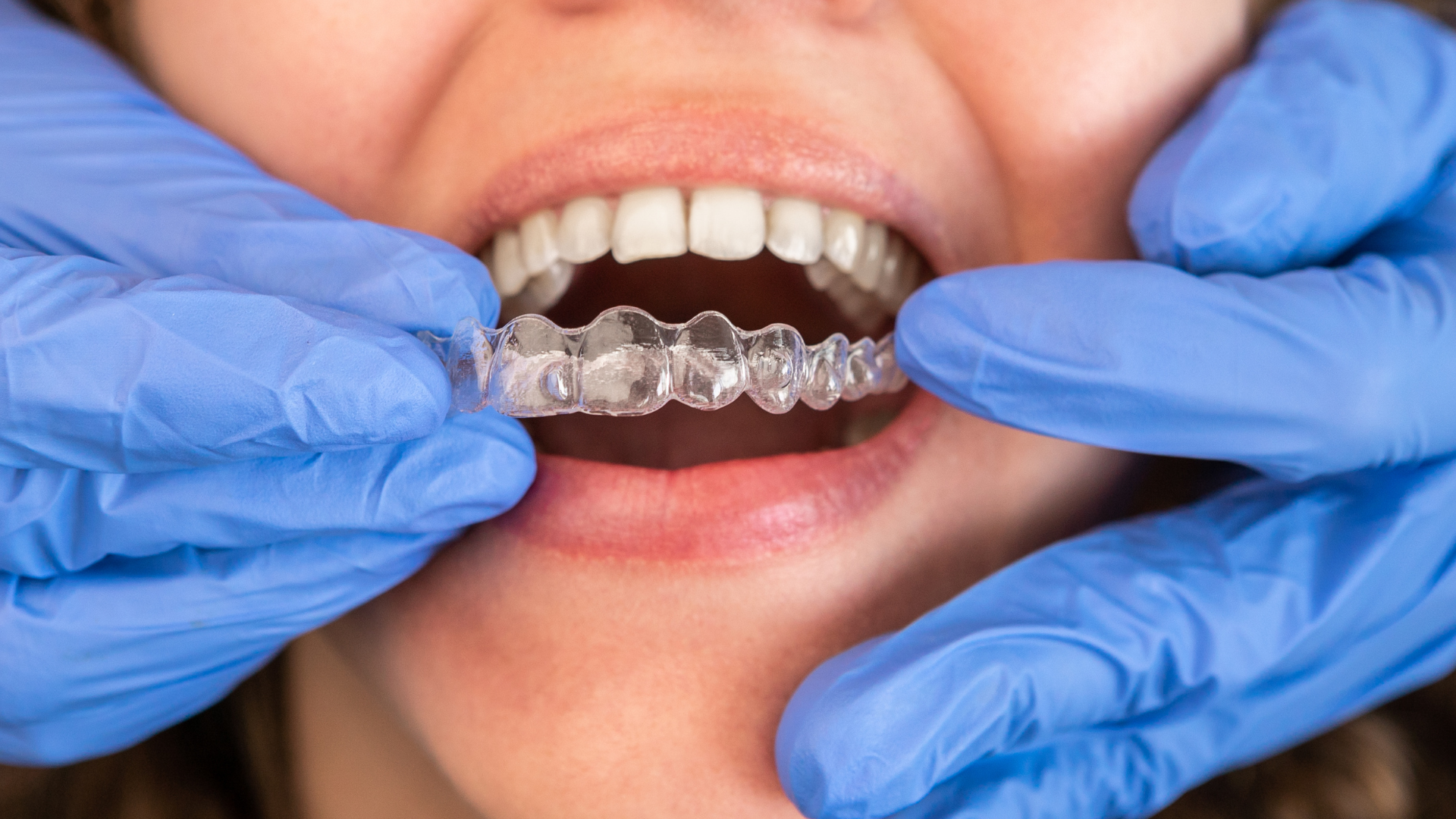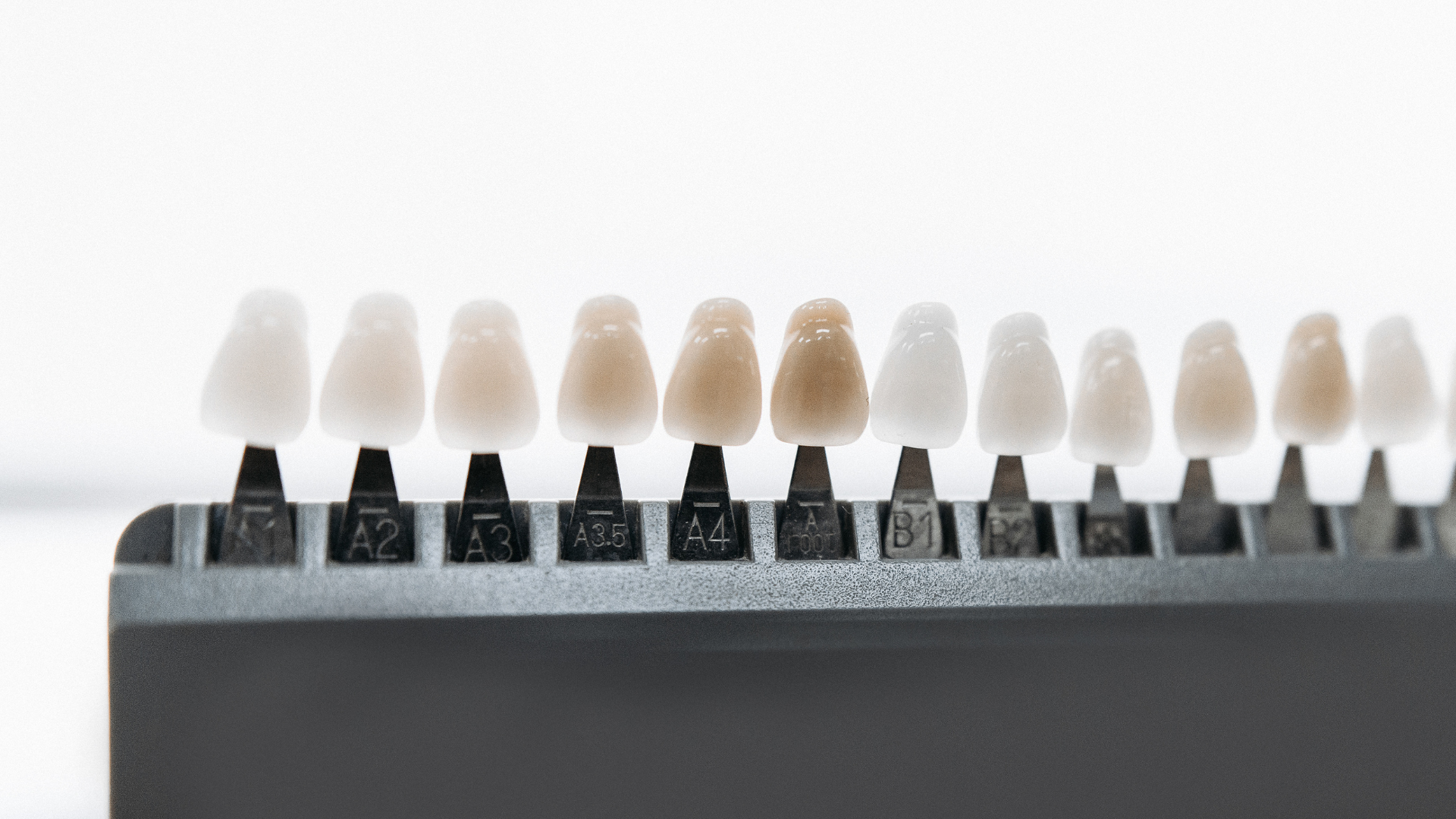Is Invisalign Painful? What to Expect During Treatment
Invisalign has become a popular orthodontic solution for its discreet appearance and removable aligners, but many prospective patients wonder: Is Invisalign painful? While Invisalign is generally more comfortable than traditional braces, it does involve some discomfort as teeth shift. Understanding the typical sensations and knowing how to manage them can help you prepare for a smooth treatment journey. In this article, we’ll explore the pain profile throughout Invisalign treatment, offer practical tips for relief, and share real‑life examples to set realistic expectations.
Why Some Discomfort Is Normal
When you switch to a new set of Invisalign aligners, they apply targeted pressure to specific teeth to guide them into place. This pressure can cause mild soreness or a “tight” feeling, similar to what you’d experience with braces. The initial discomfort typically lasts for 24–48 hours as your teeth adjust. According to patient surveys, most describe the sensation as pressure rather than sharp pain, and it is a sign that the aligners are working as intended. Recognizing that this mild soreness indicates progress can make it easier to tolerate.
The First Week: What You’ll Feel
The first week of wearing aligners is often the most uncomfortable period. As your mouth adapts to the new plastic trays, you might notice increased saliva production, slight speech changes, and gum tenderness. The pressure peaks when you first insert a fresh aligner and then gradually subsides. To ease initial discomfort, consider taking over-the-counter pain relievers like ibuprofen (as directed) and using cold compresses on your cheeks. Staying consistent—wearing your aligners 20–22 hours per day—helps your teeth acclimate more quickly.
Managing Discomfort Between Aligner Changes
Most Invisalign treatment plans involve switching to a new aligner every one to two weeks. Each transition brings a mini reset in pressure and, consequently, a brief return of soreness. Planning for these switchover days—perhaps scheduling them before weekends or lighter workdays—can ensure you have time to rest. Soft foods like yogurt, smoothies, and mashed potatoes can alleviate chewing pain during peak discomfort. Additionally, practicing relaxation techniques such as gentle jaw stretches or warm saltwater rinses can soothe aching muscles and gums.
Common Pain Triggers and How to Address Them
Beyond the standard pressure, certain factors can exacerbate discomfort. Tough or sticky foods can stress your aligners and teeth, so avoid chewing with aligners in place. Neglecting oral hygiene can lead to gum inflammation and pain; brush and floss thoroughly before reinserting trays. If an aligner causes a sharp edge or rubs on the cheek, orthodontic wax applied to the irritating spot provides an instant buffer. For persistent hot spots, a quick call to your dentist can prompt a smooth adjustment, preventing small irritations from escalating.
When Pain Signals Something More Serious
While most discomfort is expected and temporary, acute or prolonged pain may indicate an issue requiring professional attention. Intense, lingering pain beyond 72 hours after changing an aligner could suggest that the aligner isn’t fitting properly or is exerting uneven pressure. Severe sensitivity when biting down may point to an underlying dental issue, such as a cavity or cracked tooth, not directly related to aligner force. If you experience sharp, throbbing, or radiating pain, schedule an urgent checkup to diagnose and address the cause before it jeopardizes your treatment.
Real‑Life Scenario: Emily’s Invisalign Journey
Consider Emily, a graphic designer who began Invisalign to correct her mild crowding. She noticed the first aligner brought soreness while sipping coffee and a slight lisp in her presentations. By the third day, with over-the-counter ibuprofen and extra soft meals, the pressure eased, and she resumed normal activities pain-free. Each new aligner prompted similar—but shorter—discomfort patterns. Her story illustrates how predictable Invisalign sensations can be managed proactively, ensuring a positive overall experience.
Comparing Invisalign Pain to Braces
Many patients choose Invisalign over braces due to reduced pain associated with metal wires and brackets. Traditional braces can rub against cheeks, require tightening appointments that increase soreness, and limit dietary options. Invisalign’s smooth plastic trays eliminate sharp edges, and the absence of periodic wire adjustments translates to fewer spikes in discomfort. A 2014 study in the American Journal of Orthodontics found that self-reported pain levels were significantly lower in Invisalign patients compared to those with braces. While minor pressure is unavoidable, Invisalign generally offers a gentler path to a straight smile.
Long-Term Comfort Strategies
As treatment progresses, your mouth becomes accustomed to regular aligner pressure, and discomfort diminishes. Maintaining optimal oral health—through diligent brushing, flossing, and regular dental cleanings—reduces gum inflammation that could compound aligner soreness. Using a water flosser can ease hygiene in tight spaces without disturbing aligners. Additionally, wearing retainers as prescribed after treatment preserves tooth position and prevents relapse, avoiding the discomfort of renewed shifting down the road. These long-term habits ensure not only a beautiful smile but also a comfortable one.
Expert Tips for a Pain-Free Invisalign Experience
- Consistency Is Key: Wear aligners the full 20–22 hours daily to prevent teeth from moving backward, which can amplify future soreness.
- Stay Hydrated: Drinking plenty of water reduces dry mouth and helps aligners slide on more easily.
- Use Orthodontic Wax: Shield soft tissues from minor friction with a dab of wax on troublesome edges.
- Rotate Aligner Insertion: Insert bottom trays first, then top, to balance pressure.
- Schedule Smart: Plan aligner changes on lighter days and avoid big deadlines immediately afterward.
Conclusion: Knowledge Is Comfort
While some discomfort is part of the Invisalign process, understanding what to expect and employing proactive strategies makes the journey far more manageable. Most soreness is mild, short-lived, and a positive sign of teeth moving toward their ideal positions. If you ever experience severe or persistent pain, don’t hesitate to reach out for professional guidance. Ready to embark on a more comfortable orthodontic path? Contact us today with any questions or to schedule your Invisalign consultation!





